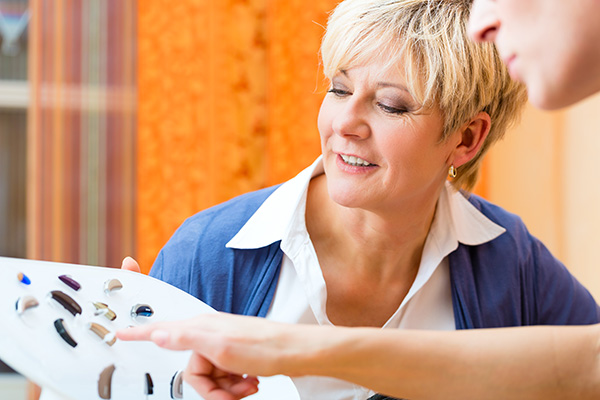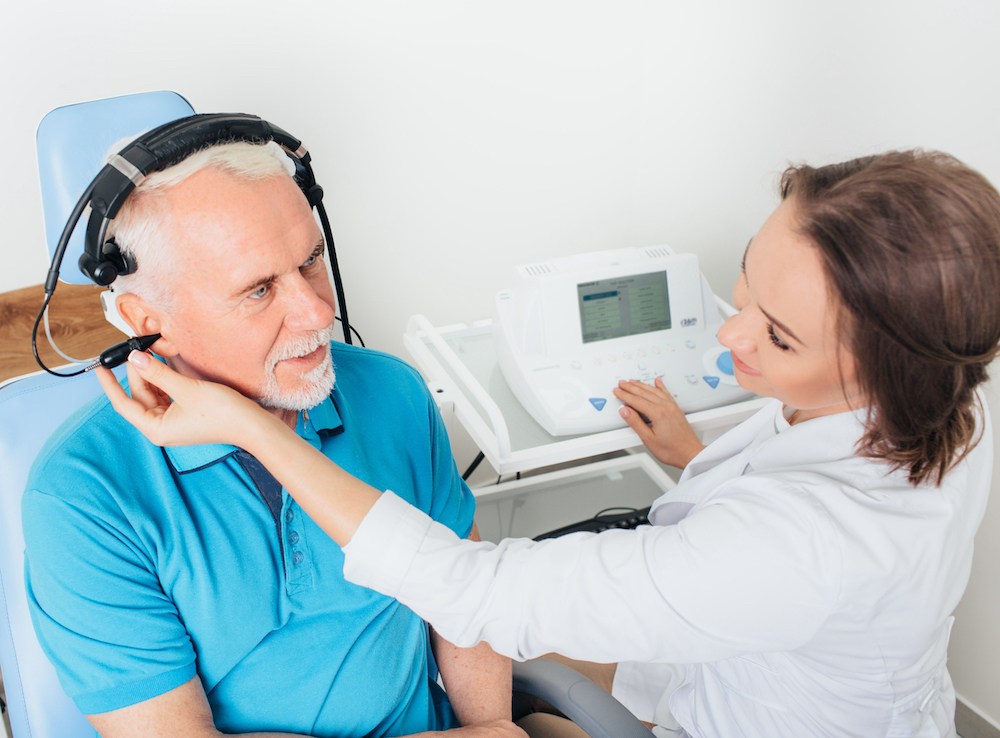Choosing the Right Ear Protection
Ear protection is essential if you work in or are often surrounded by loud
Thank You to everyone who voted for us in the 2022 Best of the Best! LEARN MORE


Ear protection is essential if you work in or are often surrounded by loud

In the world of music, preserving one’s hearing is important and

Many factors can impact the health of your hearing, from the food you eat